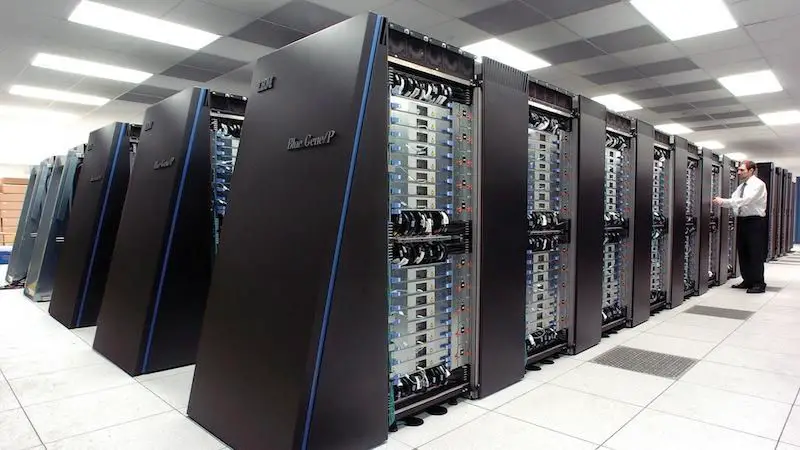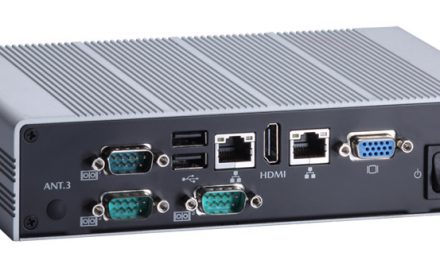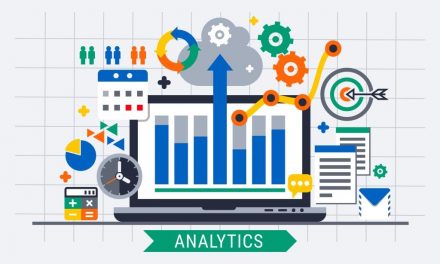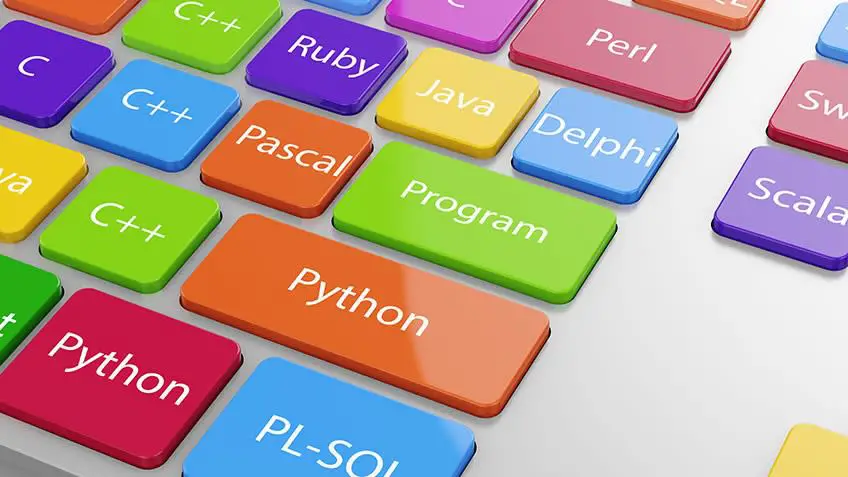When looking at types of computers one of them is the mainframe computer. This computer is a major part of the IT architecture of most corporations (i.e. big businesses or companies). In this article we shall be discussing some knowledge areas pertaining to mainframe computers. These are areas that will give you a better appreciation of what mainframe computers are.
Table of Contents
What Is A Mainframe Computer?
A mainframe computer is a device setup that puts together numerous processors and random access memory (RAM). You can actually say that it is a processor unit to which several computers (i.e. terminals) will be connected to. The term ‘mainframe’ was borne out of its original purpose. It started off as the central processing unit of a computer in itself. Over time the meaning has morphed into computers that have certain features as we shall discuss in a moment. Now the combined setup of the many processors and the random access memory is what is referred to as the ‘mainframe’. Examples of mainframe computers are the IBM’s zSeries, HP’s NonStop and Fujitsu’s BS2000.
Features Of A Mainframe Computer
Central Processing Unit
This unit comprises of components that control the overall setup of how the mainframe functions. As mentioned in our definition, this unit is where the processors and RAM are housed. Remember that the mainframe has several terminals connected to it. The CPU administers how each and every one of those channels is handled.
Input And Output Channels
These channels are responsible for any aspects involving the movement of data. They are also responsible for handling how input and output devices of the system communicate.
Input And Output Control Data Sets
These are actually computer files that convert device addresses for the purpose of enabling input and output processes.
Controllers
These are basically control units that facilitate connections or links between them and various devices. These devices also have to be connected to storage units. Managing that framework and ensuring that everything is optimal is what these controllers are for.
Multiprocessors
Bear in mind that there are several processors involved when dealing with a mainframe computer. These processors must be managed in such a way that errors or interruptions are properly handled. To do that is where multiprocessors come in.
Uses Of A Mainframe Computer
Online Platforms
Mainframe computers are used for a wide range of online-based operations. Thus applications like e-commerce businesses are most suited for mainframe computers. Think of business operations such as Amazon and Alibaba. Such operations would entail many computers spread out across the world hooked into a mainframe somewhere.
Academics And Research
Mainframes have huge storage and processing capacities as we cited earlier. Fields of academics and research can involve huge amounts of data and the need for swift real-time processing. Come to think of it data items in these fields can be videos, audio recordings and so on – basically, data formats that consume lots of space.
Military Operations
Military operations usually involve so many terminals located in several locations. Consider the possibility of ground forces, air forces and or even sea forces having to interact in real-time. This makes mainframes the best fit for smooth operations.
Banking Industry
It is not surprising for mainframe computers to be used in the banking industry. There are several high-speed processes occurring all at once for banks. Take into consideration also that there is now internet and mobile banking. Not forgetting also that there are normally several bank branches for a bank. The banking industry also deals with lots of data which mainframes can easily manage.
Retail Industry
Aside from e-commerce companies such as Amazon, most big retail outlets use mainframe computers. This is because they are somewhat just like banks. That is, there are huge amounts of data, countless high-speed and real-time processes and numerous users (usually in various locations) involved.
Advantages And Disadvantages Of A Mainframe Computer
Advantages of Mainframe Computer
Very High Storage And Processing Capacity
Mainframe computers can process huge amounts of data. For instance, they can handle data in petabytes. One petabyte is equivalent to 1 million gigabytes – that is extremely high. It can handle such amounts of data both as storage and or in terms of processing.
Can Handle Numerous Users
A mainframe can have many users (i.e. computers or terminals) connected to it. It can be connected to thousands of users that can actually be at different locations across the world. All these users can use the mainframe all at once without any hassles.
Expansive Compatibility
Mainframe computers are compatible with virtually any software application and operating system. This makes it easy for just about any computer to be connected to a mainframe.
Expandability
The number of terminals that can be connected to a mainframe computer can be increased as needs be. The storage and processing capacity can be easily expanded. Thus connections can be increased from just being local (e.g. an office building) to connected scattered all across the world.
Round The Clock Up Time
A mainframe computer is designed in such a way that it can run non-stop. This is a great convenience especially for those who have systems that need to be up all the time.
Data Integrity And Security
Mainframes have a working framework that is characterised by high levels of data integrity and security. There are high levels of sophisticated encryption used to ensure data security. There are data validation and authentication methods used to guarantee data integrity.
Disadvantages of Mainframe Computers
Mainframe Computers Are Expensive
Purchasing a mainframe computer is normally a preserve for large corporations. Typically, a mainframe costs can be in the ranges of US$500 000 and above.
Installation Is Complex
There are so many technical operations that must be done to complete their installation. This regards both software and hardware. Especially due to the need of users to be networked and connected to the mainframe, installation can be very complex.
These are some of the key details you ought to know about mainframe computers and their attributes.






